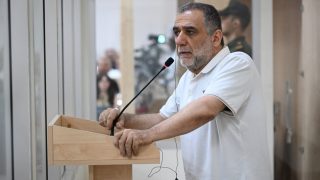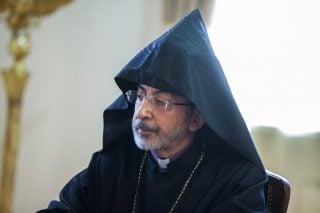
What is destined for the Sotk gold mine: the economic, security and political multiplicative effects and consequences
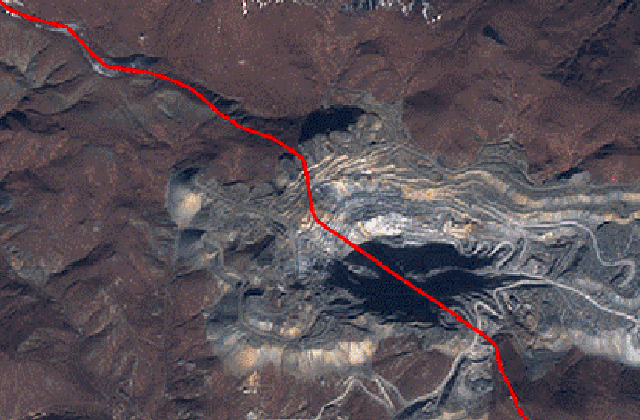
In the nearest future, i.e. the coming winter, a final solution to the Sotk gold mine issue is expected. The thing is that after the defeated 44-day war in 2020, some part of the mine came under Azerbaijani control.
Note that since 2007, the Russian company Geopromining Gold has been exploiting the mine, which has invested half a billion dollars in the mine and in the Ararat gold extraction plant. Perhaps as a result of informal arrangements, the company was given some time until 2023 to transform the production scheme of the mine and withdraw from the Azerbaijani part.
What does this mean?
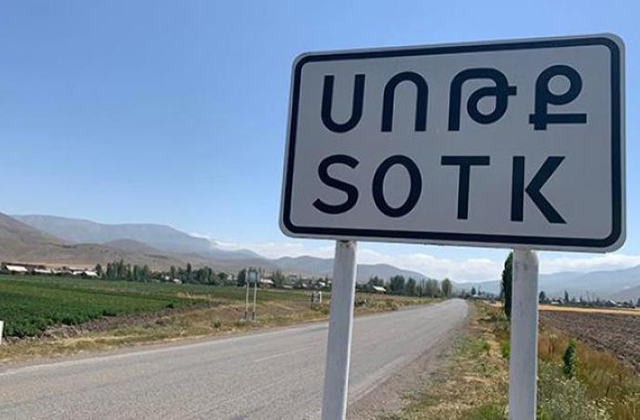
As a result of the Soviet demarcation, most of the mine is located in the territory of Azerbaijan. During the Soviet years, it was operated by the “Hayoski” company, mostly in a closed manner. This made it possible to fully exploit the mine through underground passages without violating the borders of Soviet Azerbaijan. Since 1994, the mine area was completely transferred to the Armenian control, which allowed the exploitation in an open manner. It’s much easier and allowed to mine more ore.

Currently, Geomining Gold is intensively preparing to switch to closed-circuit mining, which will reduce ore mining by about 4 times. If in recent years the company mined and processed 1.5-1.7 million tons of ore per year in an open manner, then it is planned to process only 400,000 tons per year in a closed manner. Respectively, depending on the gold content, the production of so-called “dore” gold will decrease. As of 2018, the company produces about 5 tons of gold per year, which exceeds the productivity during the Soviet years. This became possible as a result of the open exploitation of the mine and the technological renewal of the Ararat factory, when the factory was equipped with the latest “Albion” technology.
According to geological calculations, the Sotk mine contains 80-160 tons of gold. This is not a final number, as new openings during mine operation may increase this estimate. Thus, under today’s conditions of intensive exploitation, 20-25 years of work was expected there. For a quarter of a century, the mine was supposed to provide budgetary income for Armenia, for the community social programs and, in general, a multiplicative effect for the entire economy of the country. For example, the mine annually consumes several thousands of tons of diesel fuel, several thousands of tons of explosive materials, from the import of which the state budget still receives considerable income. The Sotk ore (from Sotk to Ararat) provides half of the cargo volume of Armenia’s railways, thus because of the absence of it and the ongoing blockade of Armenia the railway will find itself in difficult conditions, will review its investment plans, and possibly also go down the path of layoffs.
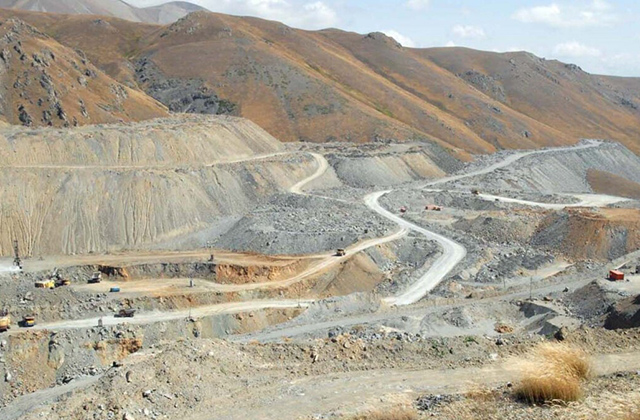
As early as 1997, Baku granted the right to exploit the Sotk gold mine to the Anglo-Asian Mining company. There is no official information about it on the company’s website, but since 2015 it has been intensively exploiting the mines in Northern Artsakh (“Gedabek”), as well as in Nakhichevan, Gandzak, etc. Probably, after the completion of the expected demarcation and demarcation works, the company will also proceed to the operation of a large part of the Sotk gold mine handed over to Azerbaijan. At the same time, a lawsuit is being prepared in Baku against the Republic of Armenia and “Geopromining Gold” company, demanding compensation for damages.
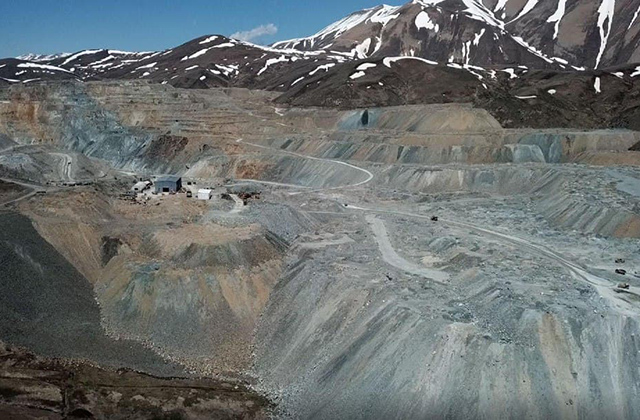
It is obvious that the final solution of the Sotk gold mine issue is extremely important for the economy of Armenia. It has great economic, political and strategic importance.
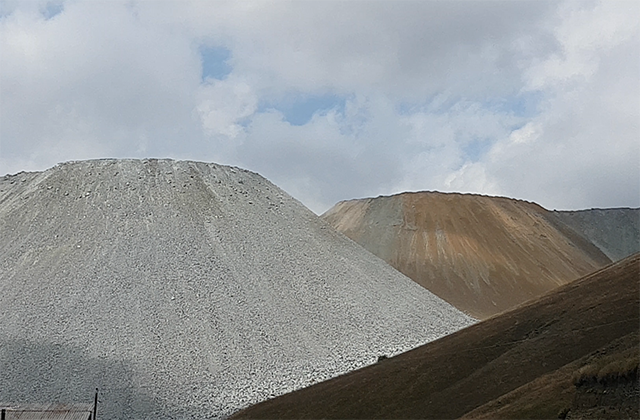
And what is the current RA government, headed by Nikol Pashinyan, doing in this direction? Totally nothing. Artsakh and Armenia continue to lose territories of strategic, security and economic importance, lose serious economic resources, continue to be pushed out of the largest international projects, be blocked, the most serious consequences of which are still ahead. During this time, they continue to mislead the public by feeding them with false agendas, lies about “blockades” and hearsay tales, handing over our most important economic and security resources to the enemy every day.
ARMINE VARDANYAN






